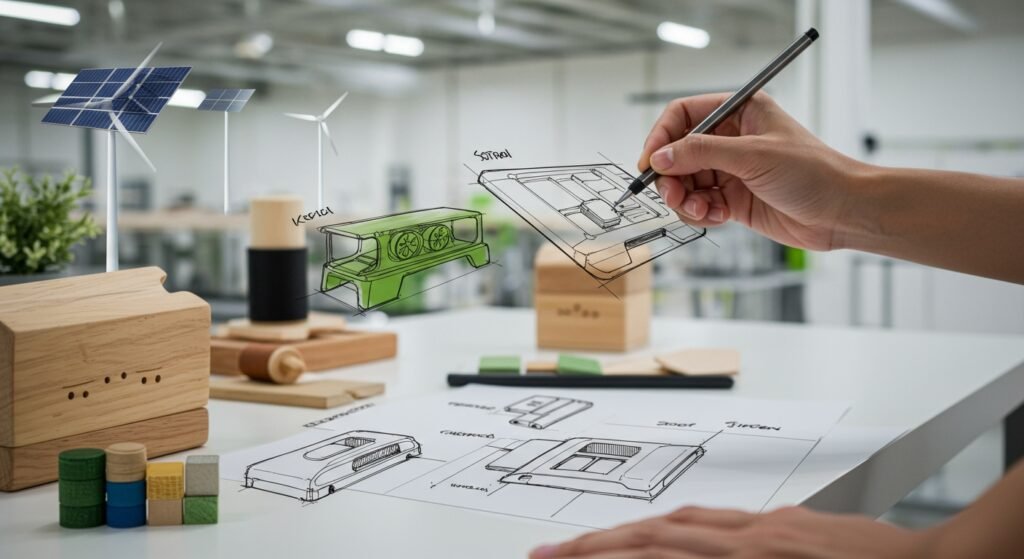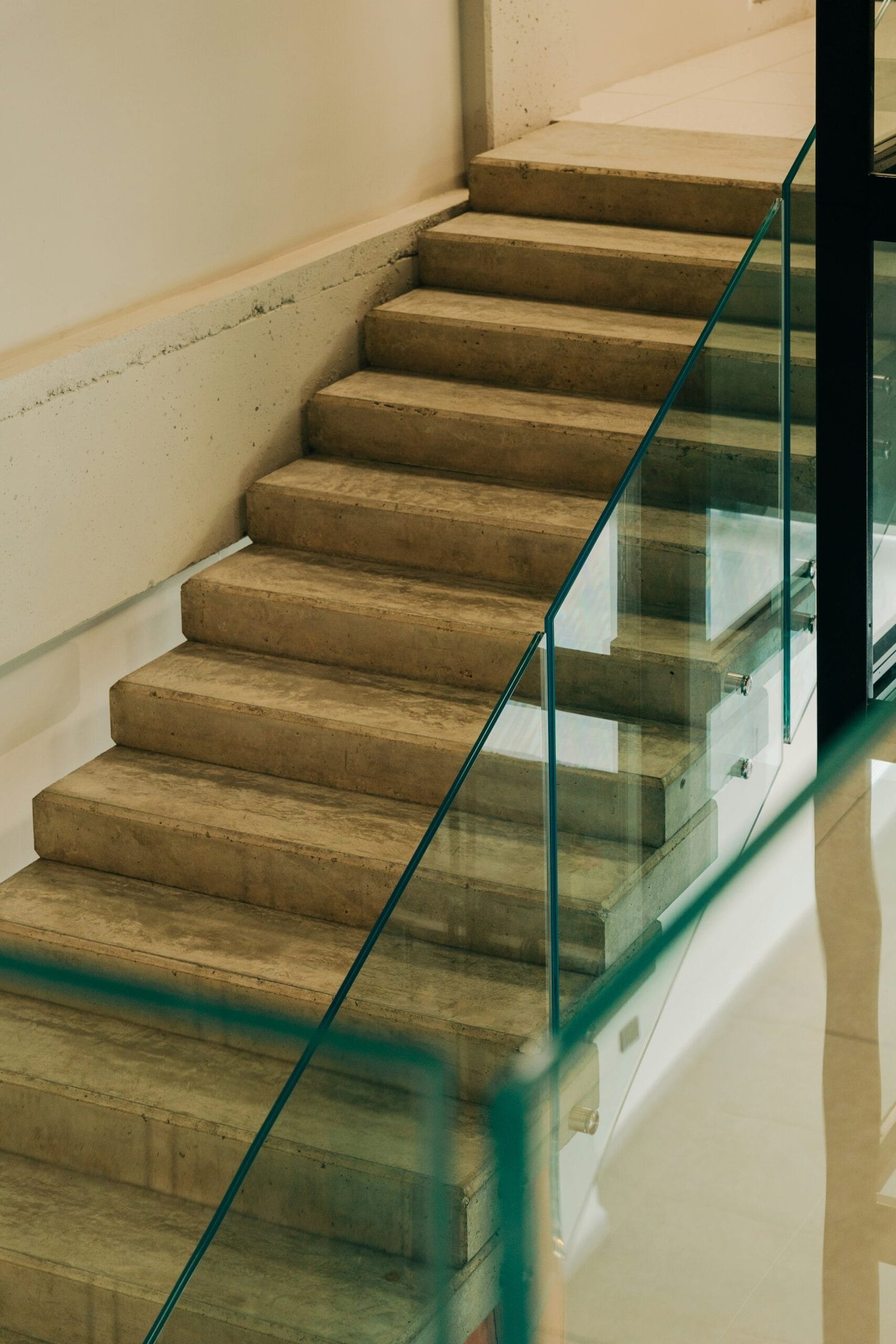Sustainability in Industrial Design: 7 Ways It’s Revolutionizing Products
In an era defined by environmental consciousness and resource scarcity, the concept of Sustainability in Industrial Design has moved from a niche concern to a core principle. This critical shift challenges designers to think beyond aesthetics and functionality, integrating ecological and social responsibility into every stage of product development. From material selection to end-of-life considerations, sustainable industrial design seeks to minimize negative environmental impacts while maximizing human well-being and economic viability. This article delves into the transformative power of sustainable design, exploring its core principles, benefits, and the innovative trends shaping our future products.
Table of Contents
- What is Sustainability in Industrial Design?
- Key Pillars of Sustainable Industrial Design
- The Impact and Benefits
- Challenges and Future Trends
What is Sustainability in Industrial Design?
Sustainability in Industrial Design is a holistic approach to creating products that are environmentally sound, economically viable, and socially equitable throughout their entire lifecycle. It’s about designing products that consume fewer resources, produce less waste, and are safe and beneficial for users and the planet. This means considering everything from the raw materials used and the energy consumed in manufacturing, to the product’s lifespan, repairability, and ultimate disposal or recycling. It’s a proactive rather than reactive stance, aiming to prevent environmental damage and social injustice before they occur.
Core Principles
- Lifecycle Thinking: Assessing environmental impacts from ‘cradle to grave’ (or ‘cradle to cradle’).
- Material Selection: Prioritizing renewable, recycled, non-toxic, and low-impact materials.
- Optimized Manufacturing: Designing for efficient production, reducing energy and waste.
- Longevity & Durability: Creating products that last longer, reducing the need for frequent replacement.
- Disassembly & Recycling: Designing products that can be easily disassembled and their components recycled or repurposed.
- User-Centricity: Ensuring products are safe, accessible, and promote user well-being.
- Circular Economy Integration: Moving from a linear ‘take-make-dispose’ model to one where resources are kept in use.
Key Pillars of Sustainable Industrial Design
Achieving true sustainability requires a multi-faceted approach, focusing on several key areas:
Material Selection
The choice of materials is perhaps the most significant factor in a product’s environmental footprint. Sustainable designers increasingly look to bio-based plastics, recycled metals, reclaimed wood, and innovative composites that reduce reliance on virgin resources. The goal is to select materials that are not only renewable and recyclable but also non-toxic and ethically sourced. Companies like Patagonia are exemplary in their commitment to using recycled content and organic materials.
Lifecycle Thinking
This principle extends beyond material choice to encompass every stage of a product’s journey. Designers assess the environmental impact of sourcing, manufacturing, packaging, transportation, use, and end-of-life. This comprehensive view allows for informed decisions that reduce energy consumption, minimize emissions, and prevent pollution at critical points.
Energy Efficiency
From the energy required to produce components to the energy consumed by the product during its use phase, efficiency is paramount. This includes designing products that operate with minimal power, exploring renewable energy sources for manufacturing, and optimizing logistics to reduce transportation emissions. Innovations in battery technology and low-power components are crucial in this regard.
Waste Reduction
Minimizing waste starts at the design phase. This includes designing products for modularity, allowing for easy repair or upgrade, and ensuring components can be separated for recycling or composting. The ultimate aim is to create a ‘closed-loop’ system where waste is eliminated, and materials are continuously circulated. Learn more about extending product lifecycles in our article on Circular Economy Principles.
The Impact and Benefits
The embrace of sustainable industrial design brings a multitude of benefits, extending beyond environmental protection.
Environmental Advantages
Reduced carbon footprint, decreased pollution, conservation of natural resources, and less landfill waste are direct outcomes. By designing products that are efficient and durable, we lessen the strain on our planet’s ecosystems.
Economic Opportunities
Companies adopting sustainable practices often find long-term economic gains. These include reduced material costs through recycling and less waste, lower energy bills, and access to new markets driven by eco-conscious consumers. Innovation in sustainable materials and processes can also lead to new patents and competitive advantages.
Brand Reputation
Consumers are increasingly demanding sustainable products. Companies that transparently commit to eco-friendly design often enjoy enhanced brand loyalty, a positive public image, and a competitive edge in the marketplace.
Challenges and Future Trends
While the path to full sustainability is complex, several trends are shaping its future. One significant challenge lies in the initial investment required for new sustainable technologies and materials, which can sometimes be more expensive upfront, though often yielding long-term savings.
Emerging Technologies
Advancements in 3D printing with recycled materials, biodegradable polymers, and AI-driven design optimization are pushing the boundaries of what’s possible. These technologies enable more intricate, custom, and resource-efficient production.
Policy and Consumer Demand
Government regulations, like extended producer responsibility schemes, are increasingly mandating sustainable practices. Coupled with growing consumer awareness and demand for ethical products, these forces will continue to drive innovation in Sustainability in Industrial Design.
| Principle | Description | Impact on Product |
|---|---|---|
| Material Selection | Choosing eco-friendly, recycled, and non-toxic materials. | Lower environmental footprint, healthier for users. |
| Lifecycle Thinking | Assessing environmental impacts from production to disposal. | Optimized design for efficiency at all stages. |
| Energy Efficiency | Minimizing energy use during manufacturing and product operation. | Reduced operational costs, lower emissions. |
| Waste Reduction | Designing for minimal waste, easy disassembly, and recyclability. | Less landfill waste, promotes circular economy. |
Conclusion
The trajectory of industrial design is irrevocably linked with sustainability. As designers continue to innovate, leveraging new materials, technologies, and a deeper understanding of product lifecycles, we move closer to a future where products not only serve human needs but also respect and regenerate our planet. Embracing Sustainability in Industrial Design is not just an ethical imperative; it’s a pathway to innovation, economic resilience, and a healthier world for all.


